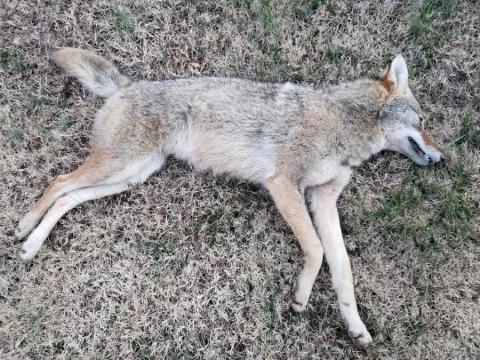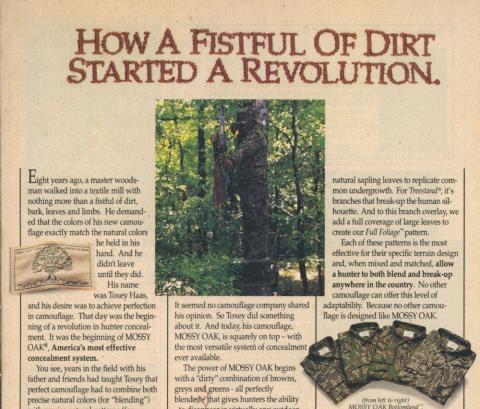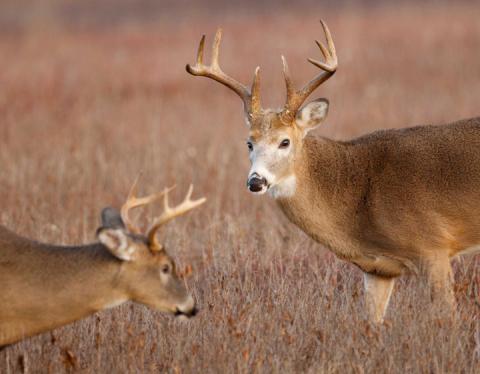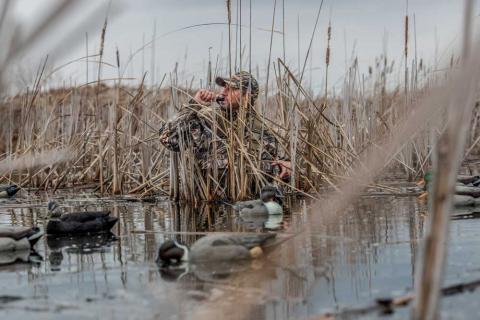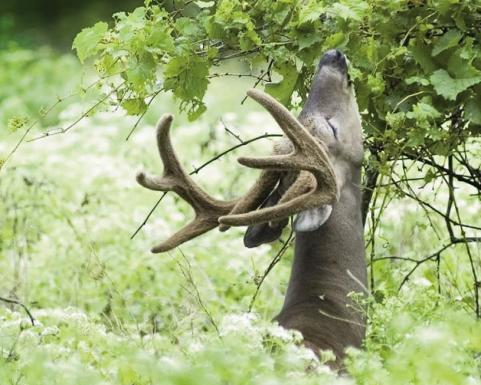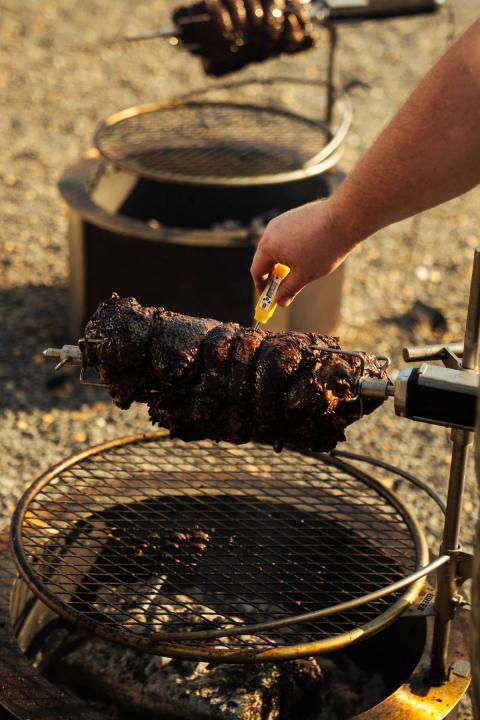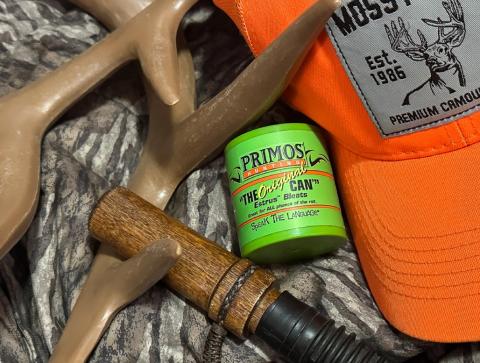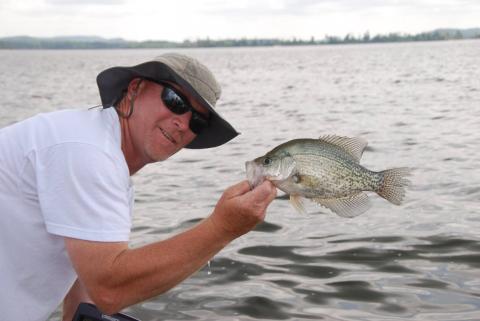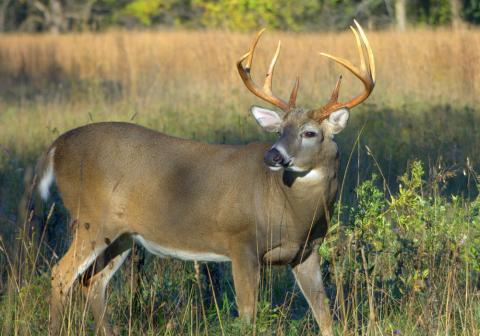Bob Humphrey | Originally published in GameKeepers: Farming for Wildlife Magazine
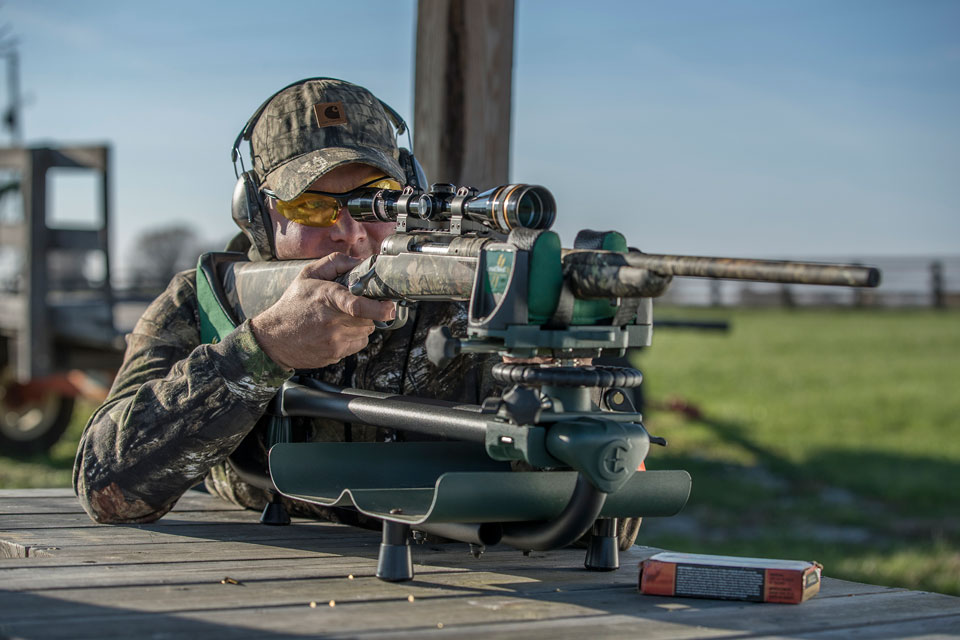
Everyone seems to have at least one horror story. Mine occurred during the break-out day at a writer conference several years ago. Vendors had laid out guns of all shapes and sizes for writers and guests to try out. The event was held at the local gun club where club members acted as gun and range safety officers to ensure proper safety protocol was followed.
I was shooting off a padded rest and had settled in, taken aim, I clicked off the safety and was about to apply pressure on the trigger when a movement caught my eye. A fellow from the station next to me decided to take a short cut and walked directly in front of me while the range was “hot.” It rattled me so badly I had to put the safety back on, unload the gun and walk away.
It should never have happened, and to this day I still cringe at what could have occurred.
The reasons why it did are less important than the fact that even under tightly controlled circumstances an accident could occur. That’s why no detail is too small when it comes to gun safety on the firing range.
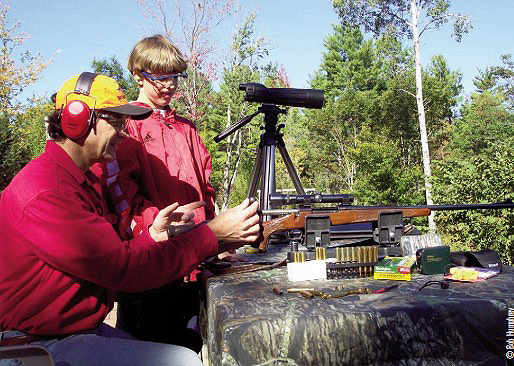
So Sayeth the NRA
Anyone who has taken a hunter safety class and most who haven’t, should be familiar with the "Ten Commandments of Firearms Safety,” originally developed by the NRA. What you may not know is those commandments have been modified over the years, and now look a little different.
For example, The International Hunter Education Association has narrowed the list down to four:
1. Assume every gun to be loaded.
Consider any firearm you have to be loaded and treat it accordingly (even those you believe to be unloaded).
2. Control the muzzle—point guns in a safe direction.
You must decide what the safest available muzzle direction is and keep your firearm pointed in that direction. Never point a firearm at yourself or others, loaded or unloaded.
3. Trigger Finger—keep your finger off the trigger until ready to fire.
The natural instinct when picking up a firearm is to put your finger in the trigger guard. DON'T! This could cause an accidental discharge if the gun is loaded.
4. Target—be sure of your target and beyond.
Never point your firearm at something you do not intend to shoot. Make sure you positively identify what you are shooting at and know what lies in front of and beyond it. Do not use telescopic sights as a substitute for binoculars when identifying persons, animals or objects.
Four are easier to remember than 10, but in case you have trouble IHEA suggests you remember the acronym: ACTT
- Assume it is loaded
- Control the muzzle
- Trigger finger
- Target and beyond
The NRA, meanwhile, has pared their list to three:
1. Always point the gun in a safe direction.
This primary rule of gun safety ensures a firearm will not harm you or others when discharged. Use common sense to dictate the safest direction. When outdoors, point the gun toward the ground or towards the target. If you are indoors, be mindful that a bullet can penetrate ceilings, floors, walls, windows, and doors.
2. Keep your finger off the trigger until ready to shoot.
When holding a gun, rest your finger on the trigger guard or along the side of the gun. Do not touch the trigger until you are ready to pull it.
3. Keep the gun unloaded until ready to use.
Immediately engage the safety device, remove the magazine, open the action and check the chamber(s) when you pick up a gun. If you do not know how to open the action or inspect the chamber(s), leave the gun alone and ask for assistance from someone who does.
Memorize them and follow them to the letter. Most are common sense and regardless of which set you follow they cover the basics. Still, there’s much more you can do to ensure safety on the shooting range.
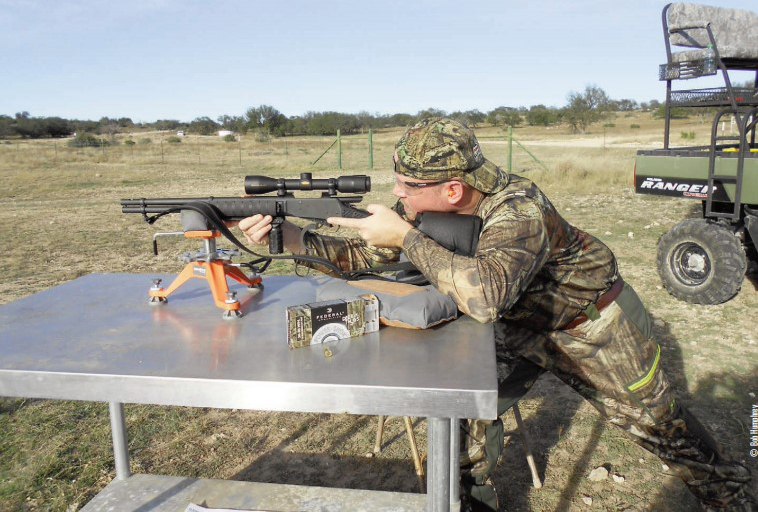
Personal Gun Safety Rules
Let’s start with something that should be in at least one set of commandments, but isn’t.
Always wear proper eye and ear protection when shooting.
Those of us who are growing a bit long in the tooth and have spent much time in a duck blind or a shooting house are probably already suffering the effects of hearing loss. Why promote further damage? You need those ears to hear the quiet approach of a wary buck or the distant gobble of a randy tom.
As for your eyes, you only have two. I speak from experience when I say that loss of vision in even one is devastating. Your eyes are exposed to all kinds of potential hazards on the range like burning powder and spent casings. And though gun and ammo manufacturers go to excruciating lengths to ensure their products are safe, equipment sometimes malfunctions.
Setting up a Range
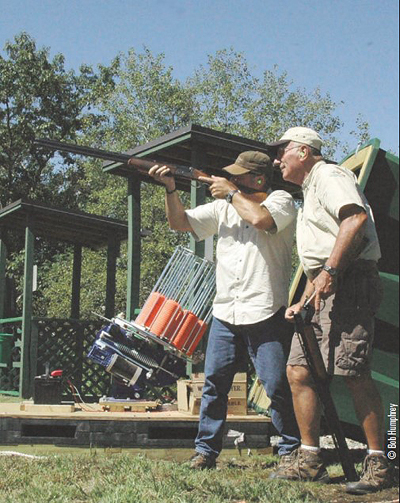
protection when the range is hot.
If you’re shooting at an established range things should be in good order. However, many folks like to set up ranges at camp or on the back 40. Even if you only use it a few times a year, this is no place to scrimp.
Make sure you have a properly constructed backstop. At the most basic level, you need something that will stop or redirect bullets. It could be a sand bank or berm, wooden backstop or bullet trap. Mine consists of two rows of 8"x8"x8' landscape timbers with an 8" core of sand between. Behind that is a hill of sand.
You will need some type of bench rest, which could be as simple as a table on which you set a portable shooting rest or sand bags. Whatever it is, make sure it’s stable and level. This will enhance accuracy as well as safety. You’ll also find it helpful to have enough surface area to support both your shooting rest and gun, ammo and other accessories, so everything is close at hand and won’t fall or roll off the table.
Range Safety Protocol
You should always follow proper protocol on the range, even if it’s just you and a buddy sighting in your new rifle or patterning-in shotguns before turkey season. Leave all guns cased and unloaded while setting up targets. Once your targets are set and you’re ready to commence shooting, make certain all persons present are behind the firing line. Next, announce in a loud, clear voice that the range is open or hot, and get an acknowledgment from all present that they understood the command. Now you may load and commence firing. When you are done, unload your firearm and leave the action open. If there are other shooters present, make sure they do the same. No one should step in front of the firing line until someone declares that the range is cold, and ensures that all guns are down, unloaded and with actions open.
Pop Quiz!
Think you’ve got it? The above should cover expected circumstances, but you should also be prepared for the unexpected. Here’s a quick quiz to test your preparedness.
Question: When someone hands you a gun, what’s the first thing you should do?
Answer: The first thing you should do when handed a gun is open the action and check to ensure that it is not loaded. Even better, ask them to open the action and show you before you accept it.
Question: What should you do if your gun fails to fire?
Answer: Don’t unload it immediately, and keep it pointed downrange. You could encounter a slow-burn or hang fire and if the cartridge ignites when the breech is open it could cause serious injury to you and damage to your firearm. Wait at least 10 seconds before opening the action. Then unload the gun and dispose of the cartridge or shell properly.
Question: What should you do if a projectile fails to exit the muzzle?
Answer: If your gun goes off but nothing exits the barrel, carefully set it down—still pointed downrange—then step away and wait 10 seconds. Then open the breech and clear the action. Remove the bolt or disassemble the firearm, then, using the proper equipment, clear the barrel of any obstruction.

















